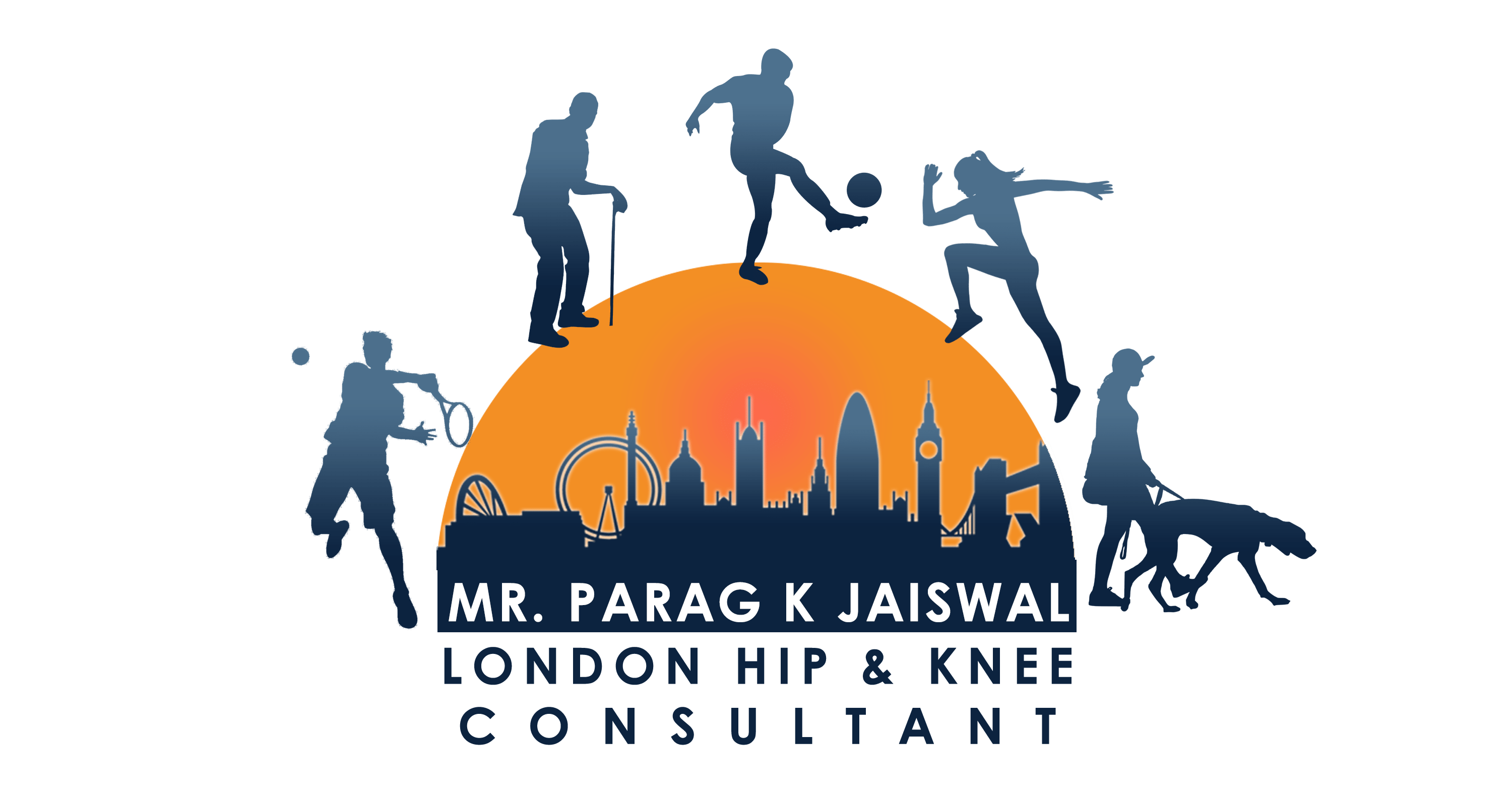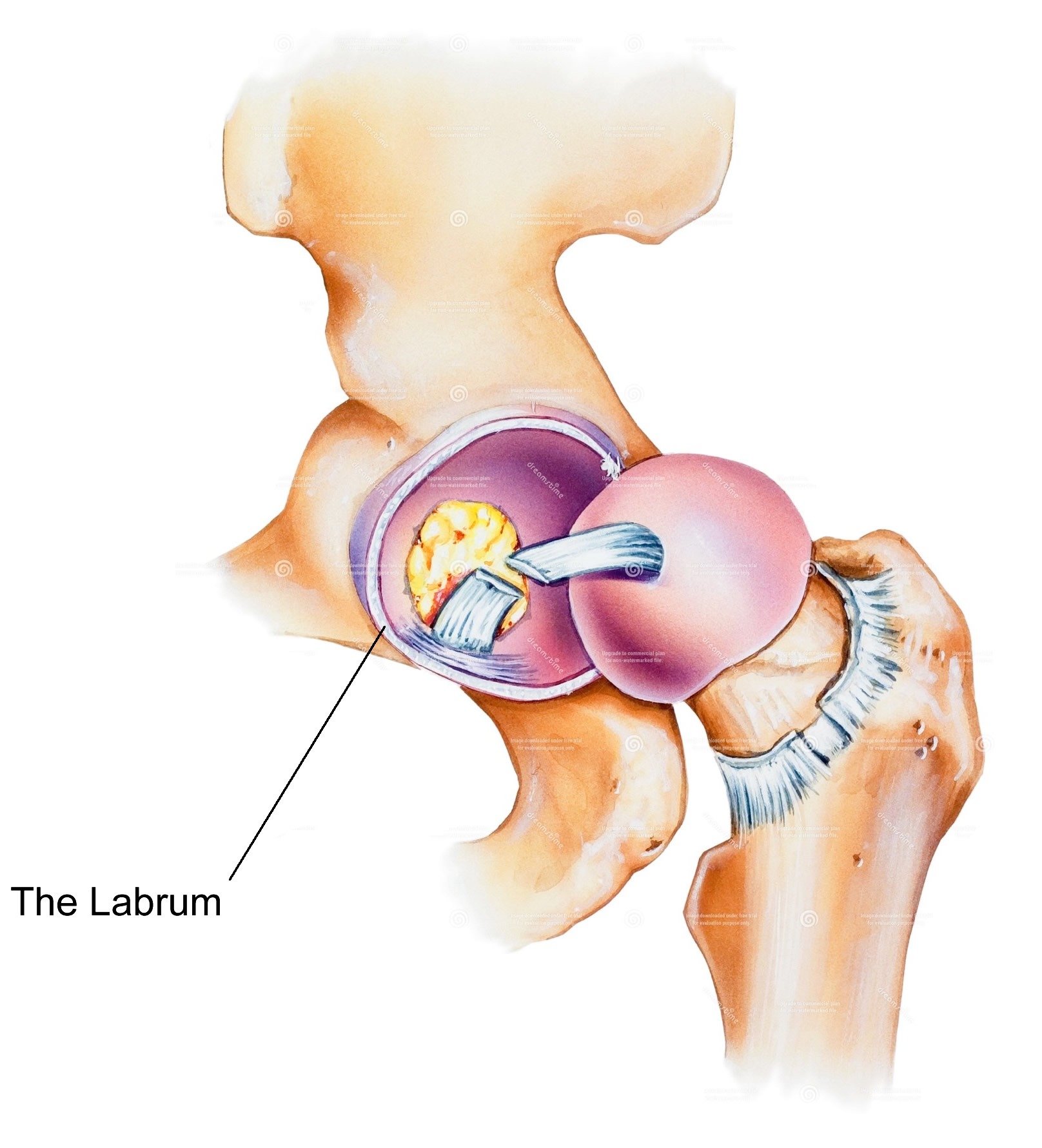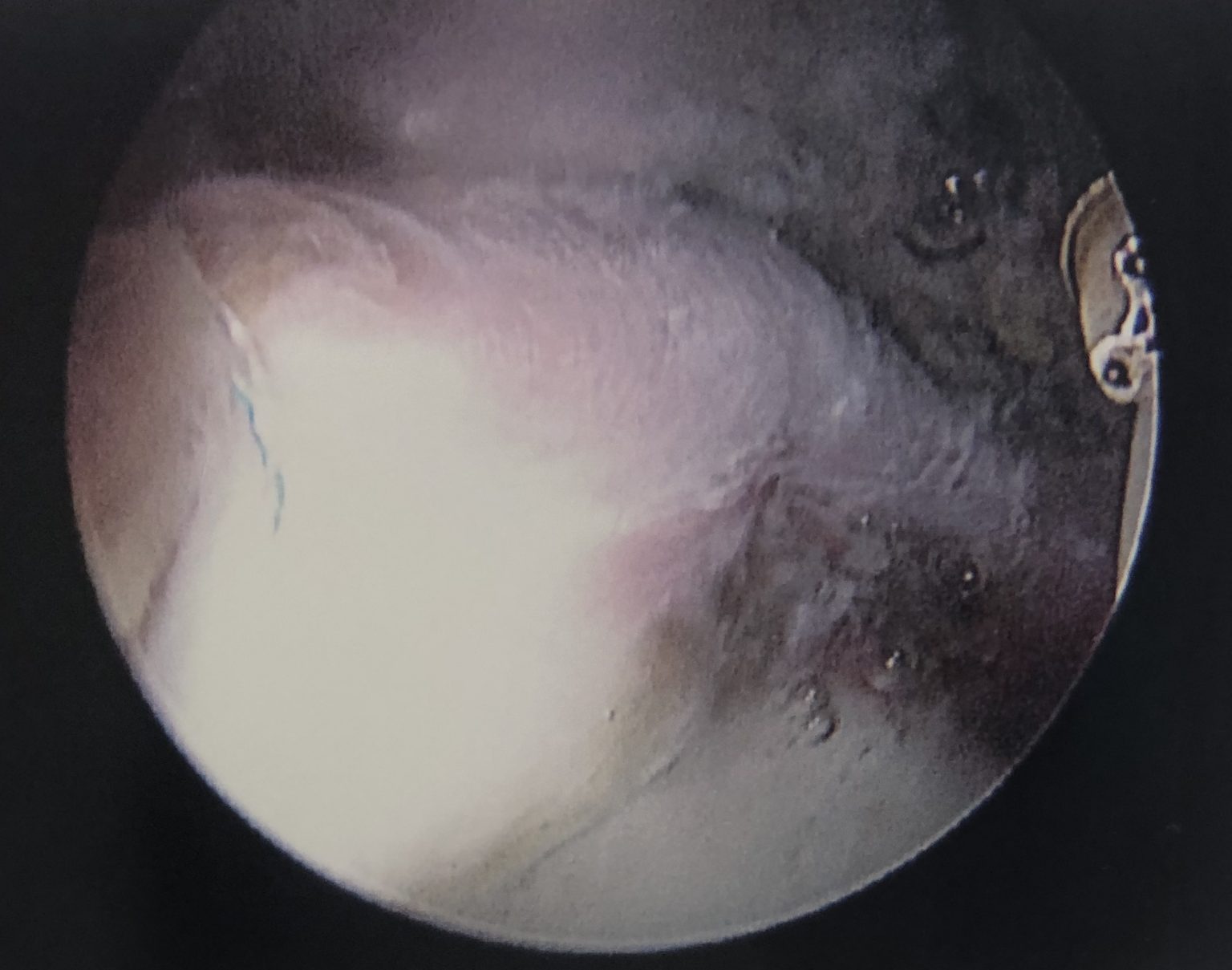Orthopaedic Expert Care You Can Trust

Your hip is a ball and socket joint with some unique features compared to other joints. The ball is the femoral head (the top of the thigh bone) and is normally spherical. The socket is the acetabulum, which is part of the pelvis. Both are lined with cartilage, a most incredible structure that nature has engineered. It provides friction-free load-bearing on joint surfaces, allowing smooth movement without joint pain. Synovial fluid within the joint helps even further. In most joints in the body articular cartilage lasts for 7 decades or more, wear and tear of this leads to arthritis.
The ball and socket joint is sealed by soft tissue called the labrum creating a vacuum seal and suction effect, keeping the synovial joint fluid in place and protecting your joint cartilage during physical activity. It also maintains the stability of your hip joint. This is particularly important in patients with poorly developed hip joints, known as hip dysplasia.
Labral tears
Tears in the labrum often occur in patients in which there are pre-existing structural abnormalities (such as femoroacetabular (hip) impingement or hip dysplasia). Less often they occur after trauma, or over usage during high intensity repetitive activities such as in pivoting sports (eg football, tennis or golf) or ballet dancing. Left unchecked, labral tears can progress and often the hip joint cartilage starts to peel off, leading to further damage within the joint and eventually arthritis. If you had a labral tear you may experience sharp, knife like, groin pain. This tends to occur in activities such as squats/lunges or getting in and out of a low car. The pain is usually activity related initially but can be severe and disabling, affecting work, parenting, and leisure pursuits. As tears and symptoms progress, walking distance, standing or sitting for prolonged periods becomes more problematic.
Pain while sitting is another characteristic feature of labral tears. This could manifest itself with inability to drive long distances or air travel. I distinctly remember one case in which the patient became depressed as he could not go to the cinema! Other symptoms include a catching sensation or clicking, as well as your hip ‘giving way’. In some cases pain may be located in other areas such as buttock, in front of the thigh or the side the hip.


